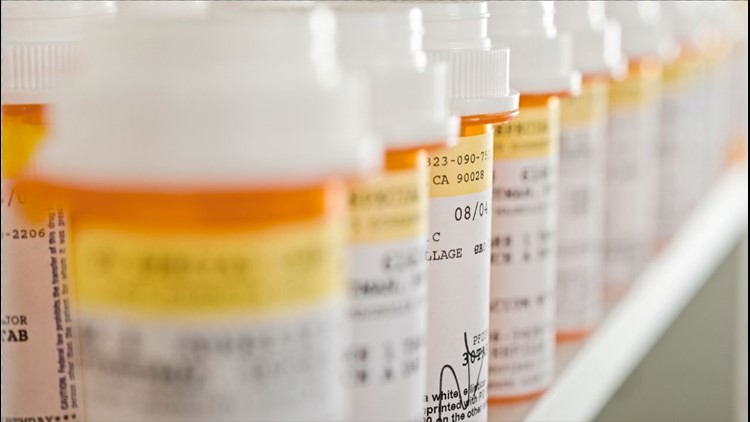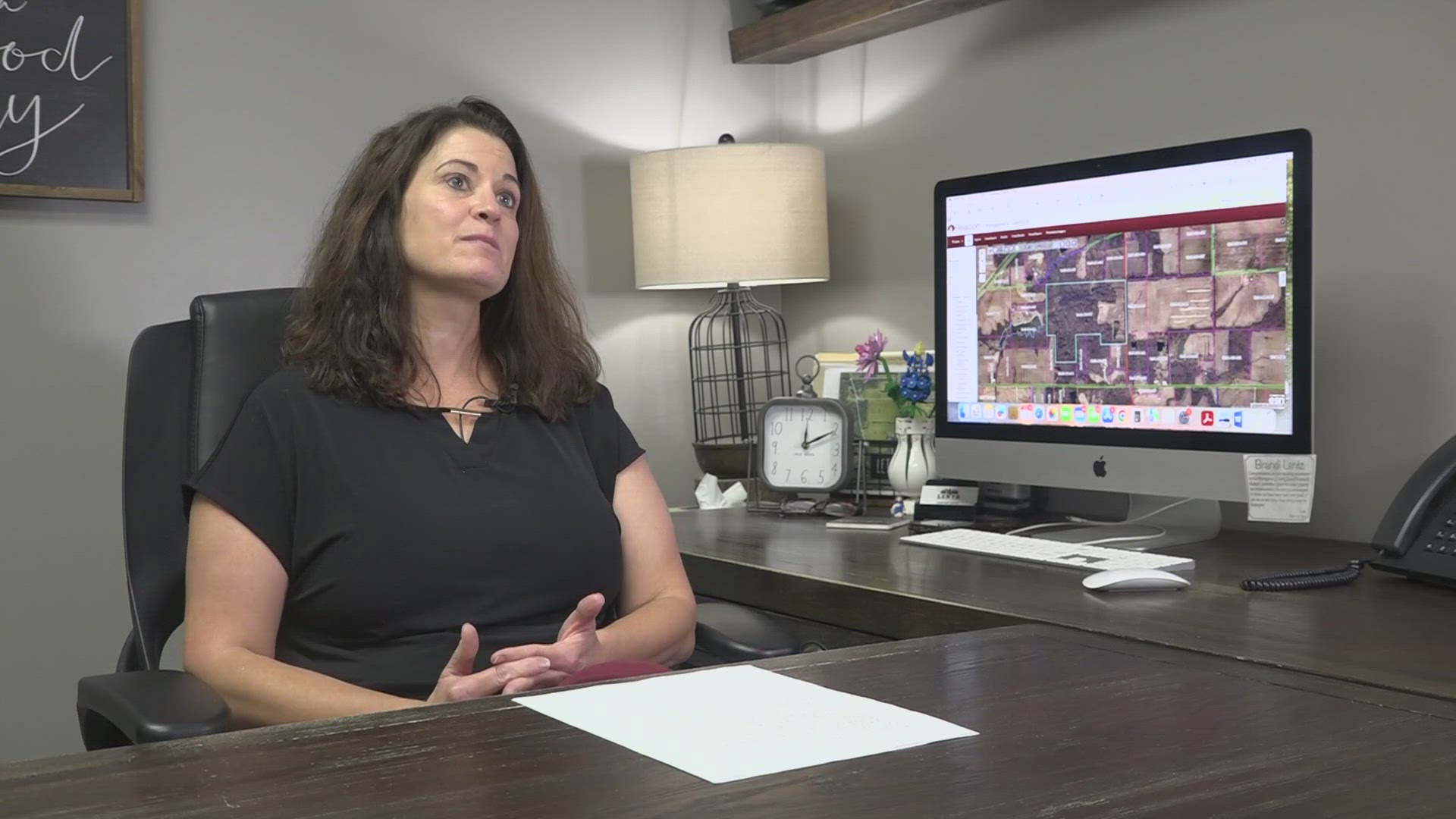Former Walgreens pharmacist Jackie Howell remembers, “It was, 'You're not going fast enough.'"
She’s talking about management's take on how fast she filled prescriptions.
“They'd like you to fill one a minute if you could,” Howell said.
Even more, Howell claims there was even a timer which would turn red to alert her that she was falling behind.
She also says the consequences were clear.
“They would threaten to decrease your hours, move you to other stores or locations you might not want to be,” she said.
Drugs and medicines are big business these days, something that’s true for big-chain pharmacies. The more prescriptions dispensed, the more money made.
That may be why some pharmacists say they are under a great deal of pressure by the business side of the business to fill more prescriptions faster.
However experts say that while prescription quotas and other forms of “performance metrics” can help drive profits up, they may also be increasing potentially deadly prescription mistakes.
Daniel Hussar is a nationally-known expert and teacher of pharmacology at Philadelphia’s University of the Sciences. He told 5 On Your Side that the pace and pressure of prescription quotas appear to be having an impact on accuracy.
Among other things, he points to figures from the U.S. Food and Drug Administration’s Adverse Event Reporting System. It shows reported medication errors have increased by 450% since 2010.
“The frequency of these errors is increasing greatly,” Hussar said. “I've heard some pharmacists say, ‘It's a blur as to what happened during the day and I can only pray I didn't make any serious mistakes.’"
For some patients, those prayers aren’t enough.
Michael Gray was fighting lung cancer when he picked up some medicine at his pharmacy, a big-chain store known for using prescription quotas with their pharmacists.
Gray says during pick up, the pharmacists and technicians seemed under stress and in “a hurry.”
Later, he noticed that one medication, which was always a small white pill in the past, was now blue. Three weeks later, Gray says he was near death.
“I couldn't get my head up off my chest,” said Gray.
Turns out, the pharmacy had mistakenly given him blood pressure medication. Gray says after several weeks in a hospital, he slowly recovered.
“I'm battling cancer already, but then to make it worse by giving you the wrong medicine too is pretty scary” he added.
Eventually Gray sued the pharmacy, and what happened next was typical of similar cases the I-Team found across the county.
Before the case got to court, the corporation settled the suit and had Grey sign a confidentiality agreement. Then the lawsuit itself was made confidential, helping keep the incident out of the public eye.
Hussar said many of these companies see errors and lawsuits as “a cost of doing business.”
According to Christian Tadrus, the chair of the Missouri Board of Pharmacy, pharmacies don’t even need to report these medication mistakes to the state.
“The Board doesn’t require a direct report to us every time that happens,” Tadrus said.
Hussar said that’s the case in states across the country.
5 On Your Side requested on-camera interviews with the companies mentioned in our story. They sent written statements.
CVS wrote:
“The health and safety of our customers is our number one priority. We regularly seek out new technology and innovations to enhance safety, we engage with industry experts for independent evaluations of our systems, and we are committed to continually improving our processes to help ensure that prescriptions are dispensed safely and accurately. In fact, CVS Pharmacy was the first pharmacy in the nation to earn Community Pharmacy accreditation from URAC, the leading health care accreditation organization that establishes quality standards for the health care industry. This accreditation program establishes consistent benchmarks and standards for pharmacy practice quality. Pharmacies that earn this accreditation are recognized as leaders in quality and patient safety.
“Quality health care must be safe, effective and timely in order for patients to achieve their best possible health outcomes, which is why we use metrics to measure the quality and effectiveness of the services our pharmacies provide to patients. The measurements we have in place do not cause an unsafe environment in our pharmacies. That would be a direct contradiction to our company’s purpose of helping people on their path to better health.
“The appropriate use of metrics in our pharmacy practice is commonly used throughout the health care industry to measure clinical activities and health outcomes. One of the most prominent examples is Medicare’s Star Rating System, which is used by the industry to set the standards for timely and effective care. Performance metrics are a valuable tool in helping us meet our patients’ needs and continually improve our systems, processes and services.”
Walgreens declined to comment on this piece specifically, but an email from the business read in part:
“I’d like to direct you to a recent Drug Topics article in which Tasha Polster, RPh, Vice President, Pharmacy Quality, Compliance, and Patient Safety at Walgreens was quoted talking about Walgreens active and leading role in improving pharmacy quality and safety. You could certainly in your piece allude to this industry article and Tasha’s comments.”
Several precautions can help consumers catch medication mistakes.
Any time you pick up a prescription:
- Double check that the prescription medication you receive, is the one your doctor sent in. Also make sure to check that the dosage is correct.
- Each prescription should contain a description of the correct pill (ex. White pill, round, etc) on the instruction sheets or on the bottle itself. Double check the pill in the bottle is the same as the description. You can also verify this information online by researching the medication you were prescribed.
- Sometimes pharmacies switch their generic brands, which can mean the color of the pills will change. If your regular prescription looks different in any way, question your pharmacist.
- Reports show sometimes pharmacists can forget to remind you of potential drug interactions. If you are on more than one medication, double check with your pharmacist that there is no risk of an adverse drug interaction.
Finally, if you want to report a pharmacy error to the state Board of Pharmacy, the Board accepts complaints by mail. You can read about the complaint process in a brochure on their website, and the form to send in is also available on the web.



